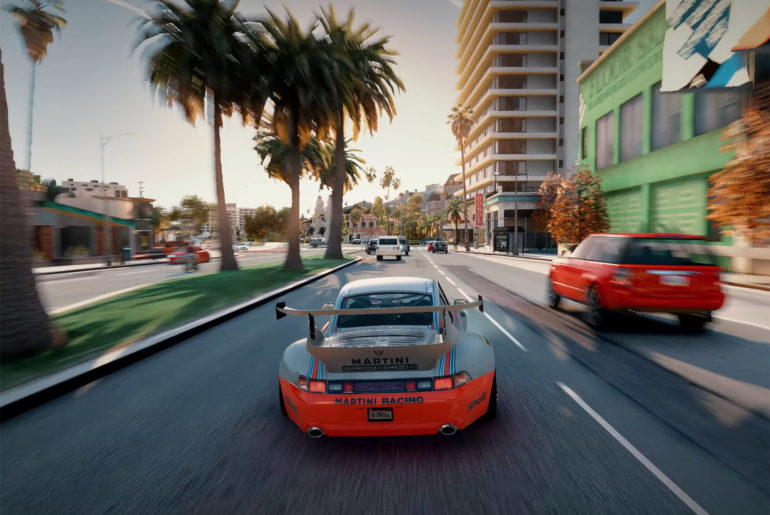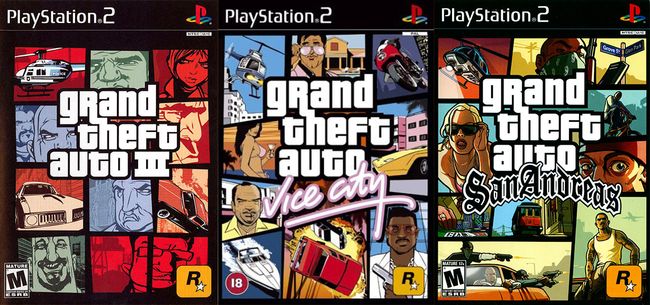

Having the weapon wheel of Grand Theft Auto V, complete with slow-mo, is also welcome as it cuts out those precious seconds spent cycling through weapons while you’re being shot at.

The aiming system isn’t amazing by any means, but it’s a step up from what it used to be. In pure gameplay terms, Grand Theft Auto III benefits most from the quality of life changes. It’s not exactly buttery smooth, but it makes the dated aspects of the gameplay a hell of a lot more tolerable. It’s also quite remarkable to witness Grand Theft Auto III running at a higher, smoother framerate.

This ends up occurring in all three games, but only in Grand Theft Auto III does it work. It still manages to retain the grey and grimy feel of Liberty City, just differently. That personally put the city I have memorized for the past 20 years feel a little alien in places, because suddenly I can see across the water to the other islands and the gloomy atmosphere is lightened somewhat. Characters tend to look more detailed (for better and for worse), and without the limitations of older hardware, Liberty City can now been seen in greater detail. Grove Street Games has managed to maintain the cartoonish visual style of the original whilst updating it just enough to make it softer on the eyes. So begins a rags to riches crime epic in a fictionalized approximation of New York, where Claude will buddy up and go to war with all sorts of nefarious crime syndicates on his way to the top. Luckily for him, a high-level criminal is on the same prison transport route, and when they break him out, Claude escapes with fellow prisoner 8-Ball. Protagonist Claude Speed gets betrayed by his partner in crime and ends up incarcerated. It’s somewhat amusing then that it’s probably got the most consistent level of remastering quality of the three. This is the game that changed everything, often left skulking in the shadows now when compared to its successors.


 0 kommentar(er)
0 kommentar(er)
